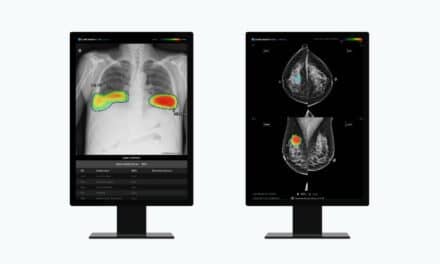Indianola, Pa.-based Bayer Radiology announces Radimetricsv3.0, the newest version of its enterprise dose management application. The newly designed system supports many of the latest accreditation standards on dose reporting and tracking, protocol management, and benchmarking, along with offering the latest in cybersecurity.
Radimetrics 3.0 helps patient-care teams report, track, and manage radiation dose and contrast dose throughout the chain of care with increased functionality and features, including:
- Upgraded front-end user interface for easier navigation and optimization of workflow
- Easy visualization and expanded dose analytics, including new summary page library to establish benchmarks and inform point-of care decisions
- Data tracking to improve billing processes
- Enhanced alerting notifications of outlier data and consolidation of dose reference levels to help users advance patient safety measures
- Virtual CE training modules (American Society of Radiologic Technologists-accredited)
- Positioned for future innovations including expanded fluoroscopy capabilities, cloud-based deployments, enhanced benchmarking and AI insights
“The advancement in the design and functional improvement in workflow was positively received throughout our human factors design analysis with Radimetrics 3.0 users,” says Adam Czibur, Bayer’s senior factors engineer. “Following their testing experience, users described their experience as quicker, easier to navigate and providing workflow flexibility, and reported higher levels of usability and comfortability compared to Radimetrics v2.x.”
In addition, Radimetrics v3.0 leverages HTML5 standards to address the latest cybersecurity updates, and provide protection against future vulnerabilities, while addressing the obsolescence of Adobe Flash technology. The conversion to HTML5 prepares Radimetrics customers for future cloud configurations, AI solutions, and new injector platforms, Bayer officials say.
“The launch of Radimetrics represents an important advancement in utilizing digital platforms for analyzing data to optimize standardization, and problem-solve in real time,” says Dennis Durmis, head of radiology, Americas. “Its specialty-focused interface design, new capabilities, and comprehensive training approach will drive standardization for personalized care for patients.”





